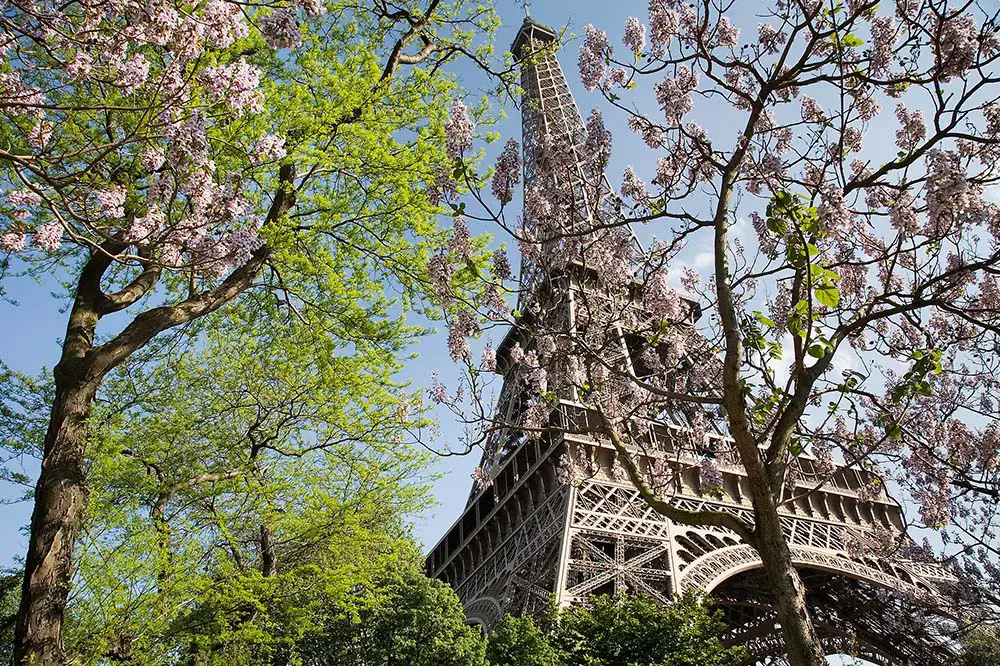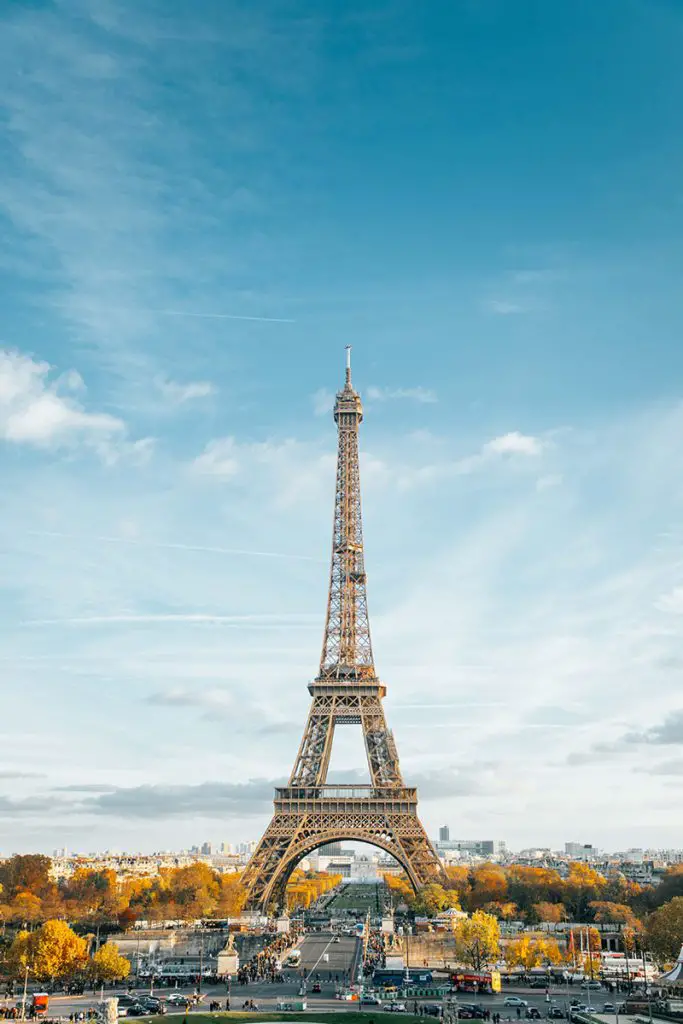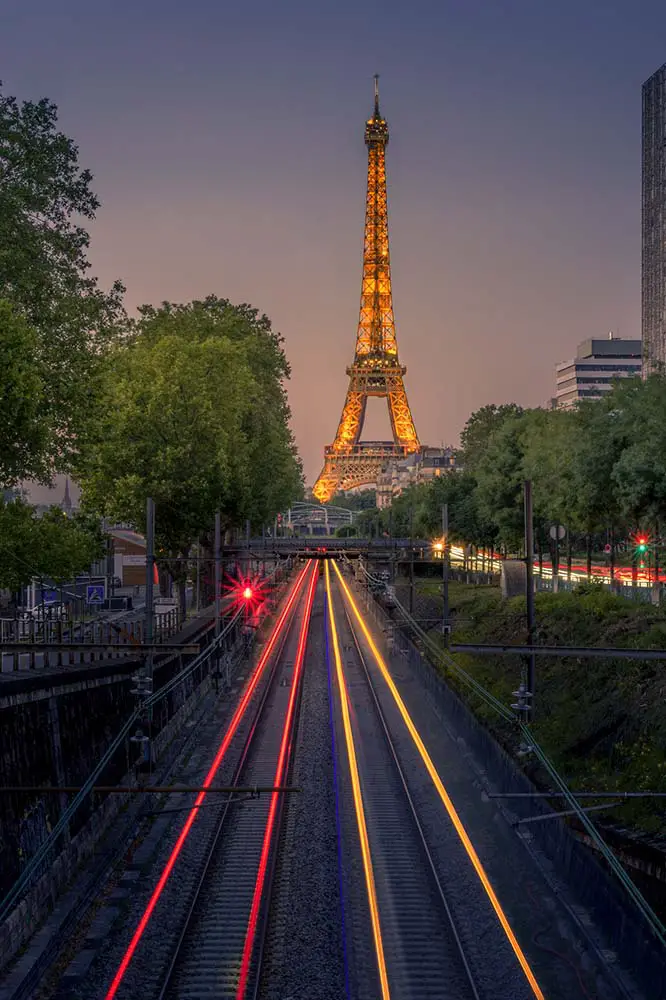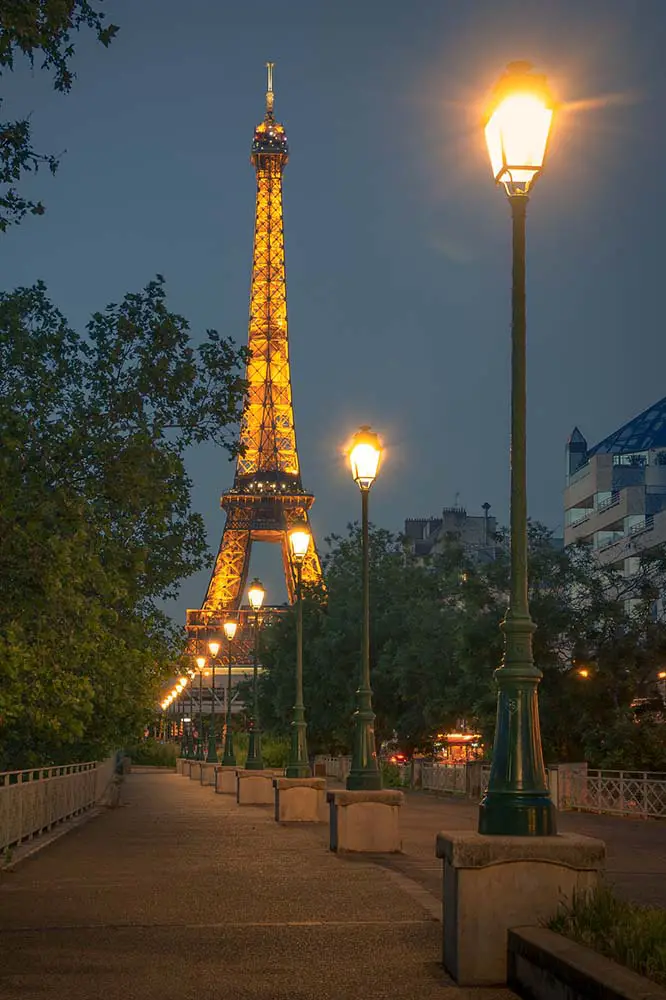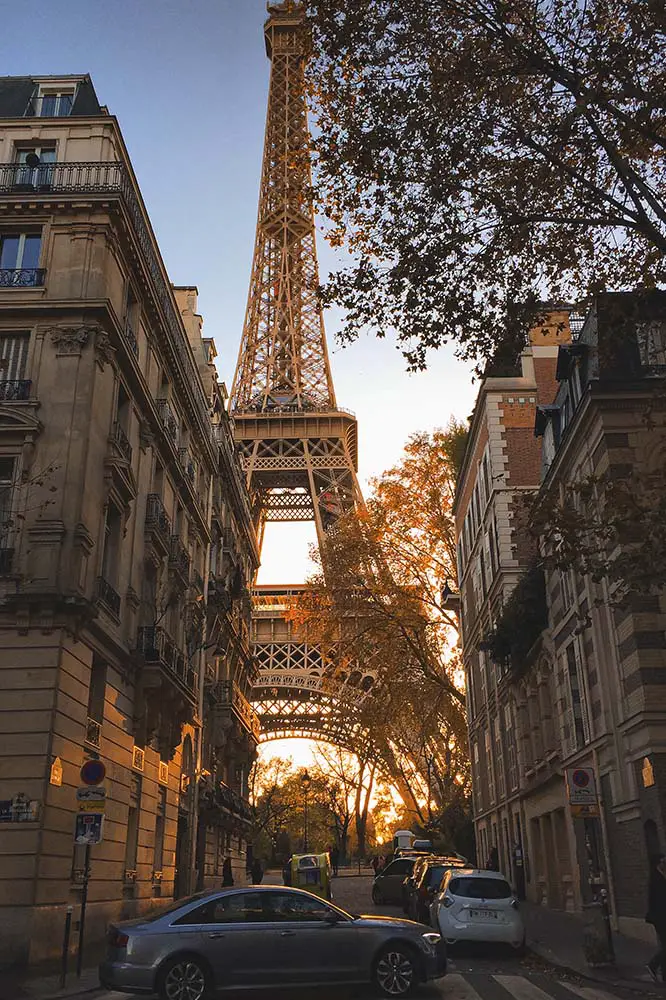Eiffel Tower | France, 1880’s
By the end of the Industrial Revolution, the territory of France was more or less as we see it today. The Industrial Revolution was a period of progression in manufacturing processes that occurred in the late 18th and early 19th centuries. One of the major breakthroughs of this period was a drastic improvement in the production of iron, an incredibly strong metal that had major implications for fields such as engineering, exemplified best by the Eiffel Tower in Paris.
Left: Jorge Royan on WikiCommons & Right: Jean-Philippe Fourier from Pixabay
In stark contrast to other architectural styles at the time, the Eiffel Tower was constructed between 1887 to 1889 and consists solely of a gigantic cast-iron lattice frame. It stands 324 meters tall and at the time of construction was the tallest building in the world, almost doubling the size of its predecessor, the Washington Monument. The Tower was named after its engineer, Gustave Eiffel who also built the iron frame for the Statue of Liberty in New York.
Excuse me! Are you on Pinterest?! Here are a couple of pins! Right: sulox32 from Pixabay
Gallery
This post is part of an expanded series taken from 37 Wonders of the World in Chronological Order. You can click the link to read more or navigate between individual photo posts beneath the gallery.
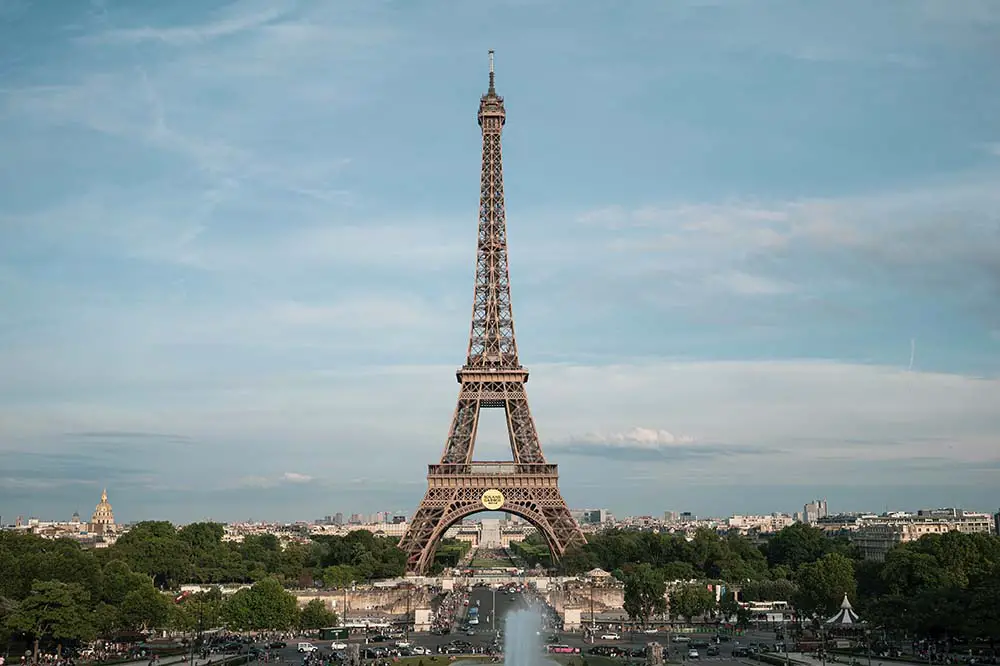
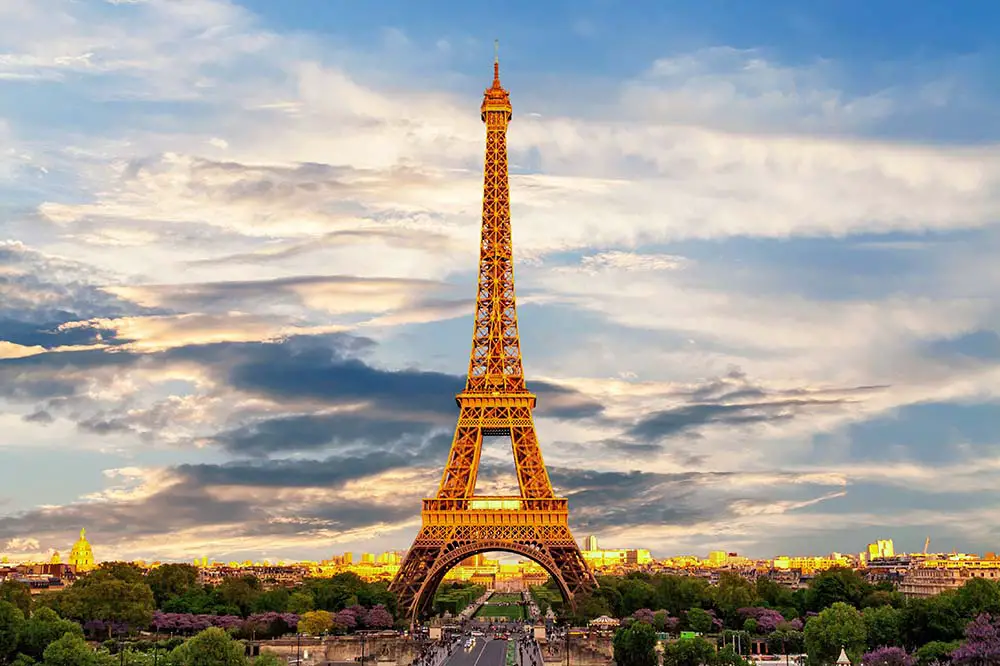
Left: sulox32 from Pixabay & Right: Anthony Delanoix on Unsplash
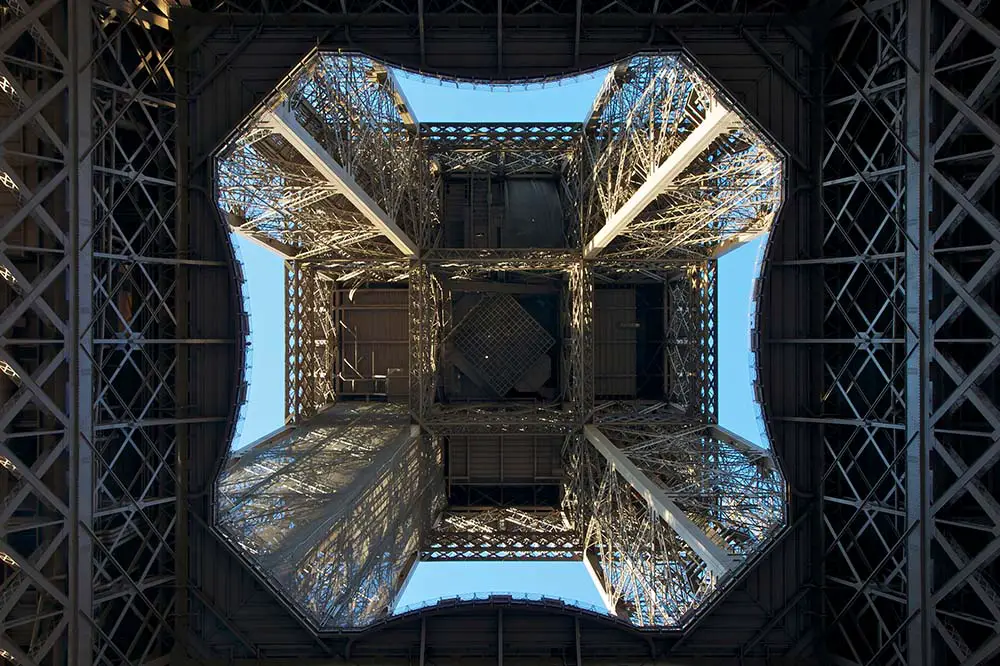
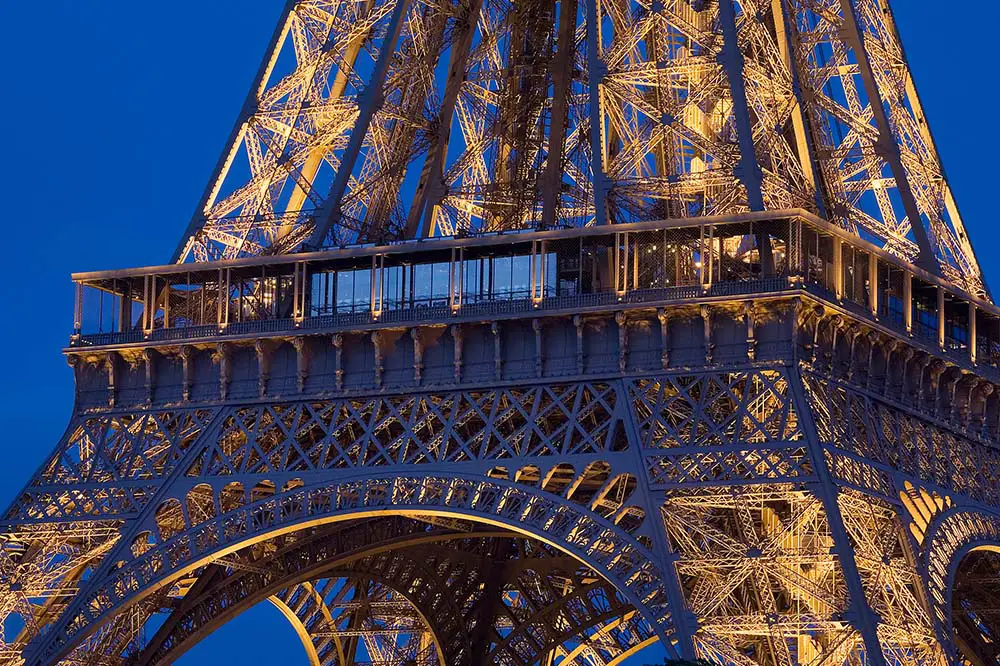
Left: Anthony Choren on Unsplash & Right: Muhammed Abiodun on Unsplash
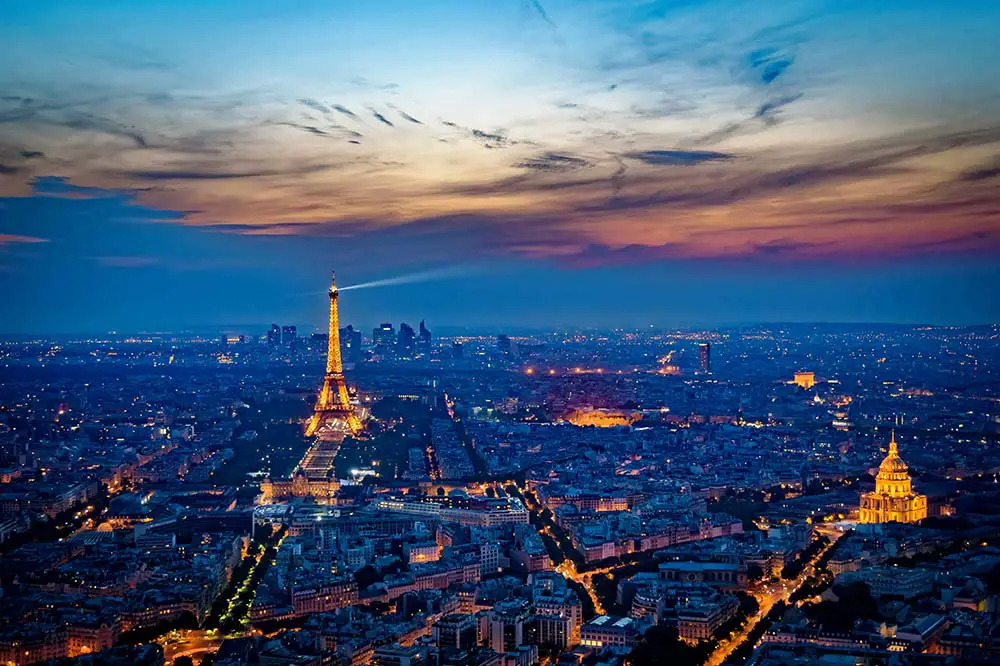
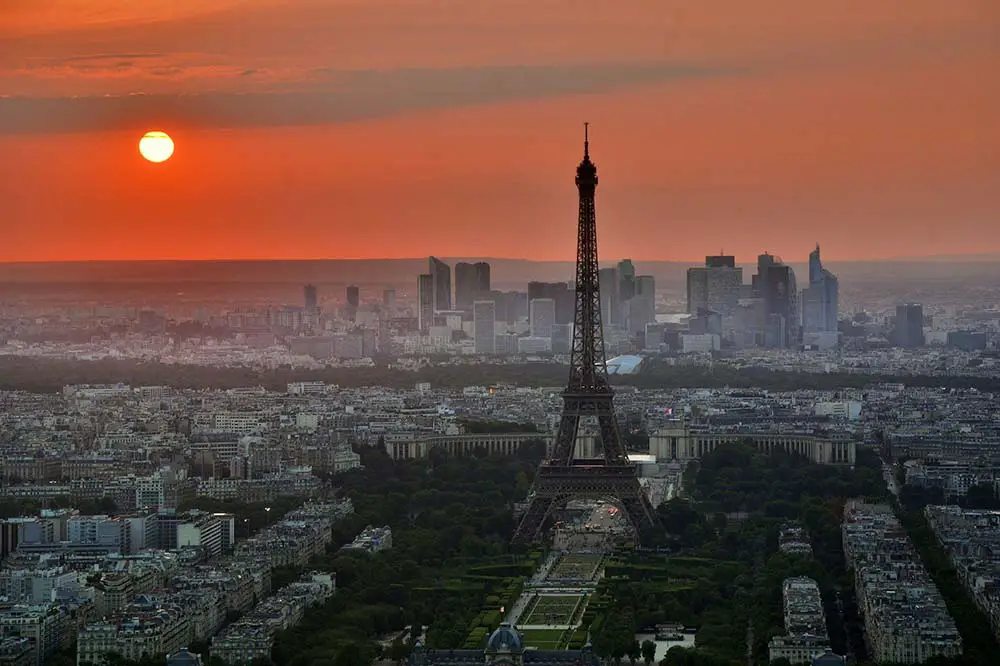
Left: Pierre Blaché from Flickr & Right: Pierre Blaché from Flickr
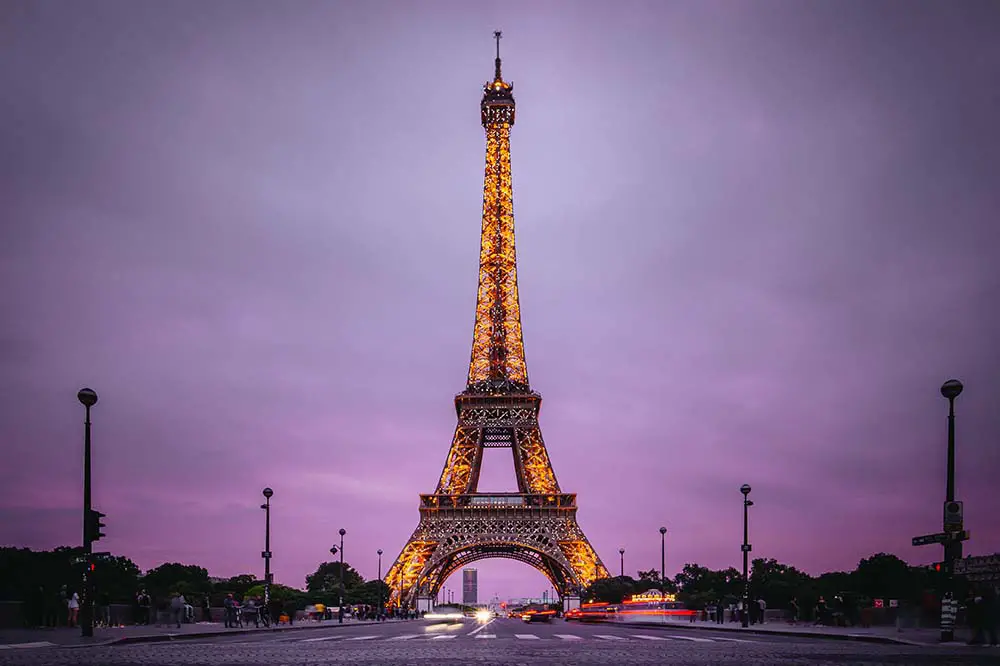
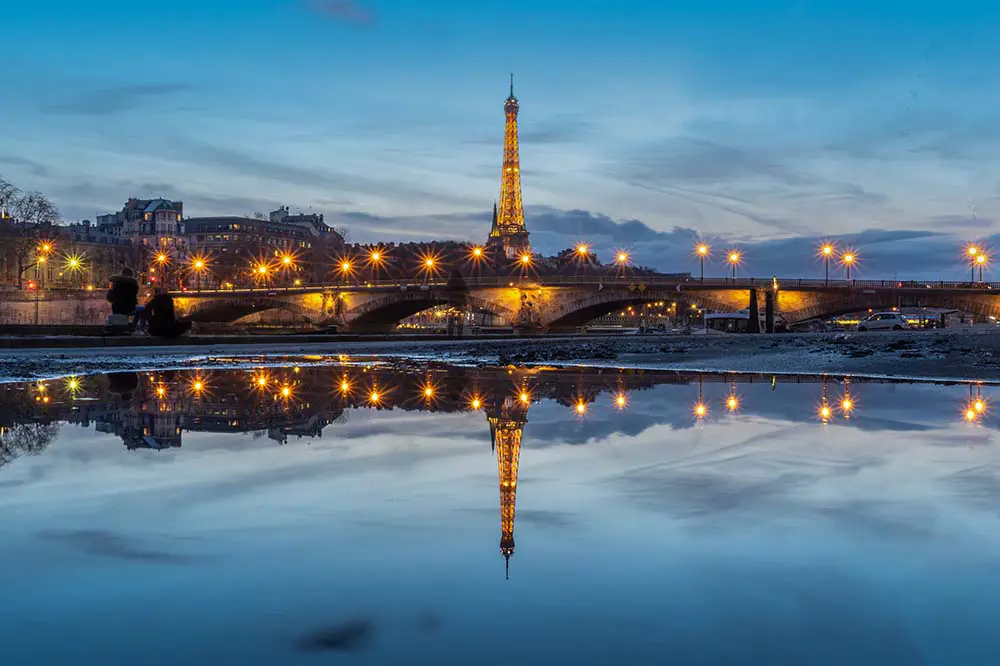
Left: Rodrigo Pignatta from Pixabay & Right: Kayla Koss on Unsplash

